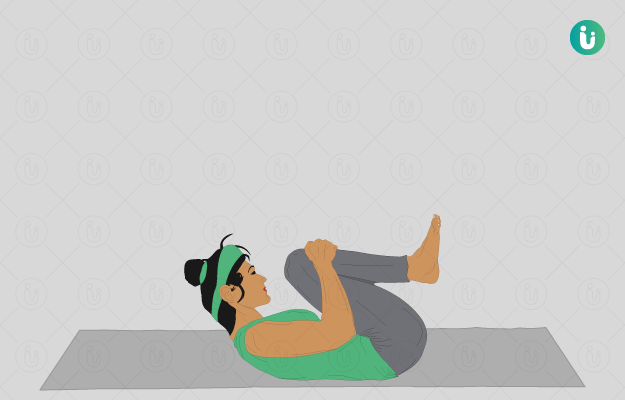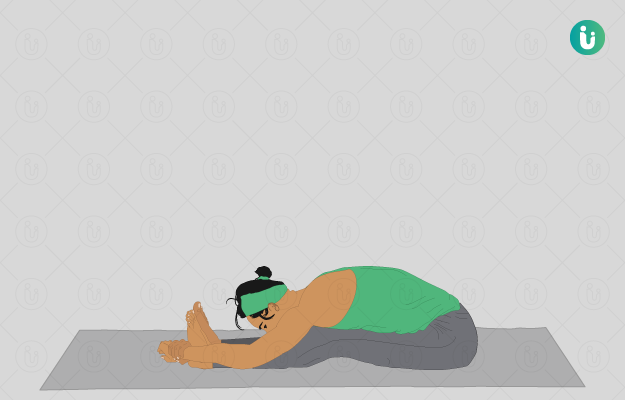“The most important piece of equipment you need for doing yoga are your body and your mind.” - Rodney Yee
You can build muscles with heavy weights or elaborate machines, but with yoga, you can attain physical, mental and spiritual well-being by using what nature has already provided you. Nature is our first true teacher; yoga teaches us that as all yoga asanas are inspired by nature. Simhasana is one such asana.
The Lion Pose or Simhasana is a well-known Hatha Yoga asana, its name derived from two Sanskrit words, ‘Simha’ and ‘Asana’, meaning lion and pose respectively. Simhasana is a strong seated asana which requires a strong breathing technique and energetic exhalation.
This asana reduces stress and anger. True to its name, Simhasana comprises a lion-like posture and roaring sound from the mouth made while assuming this asana. It is also known as Simhagarjanasana.
Read on to know the benefits of Simhasana, the right way to do this asana and the precautions one should take while practising Simhasana.




























